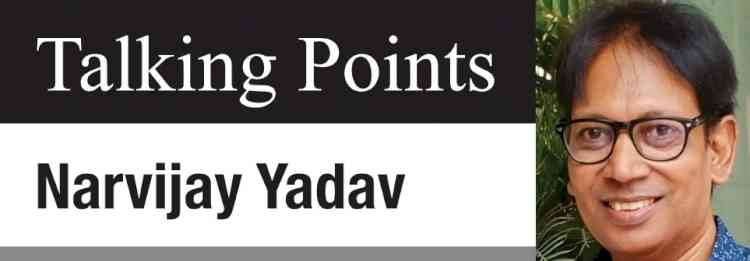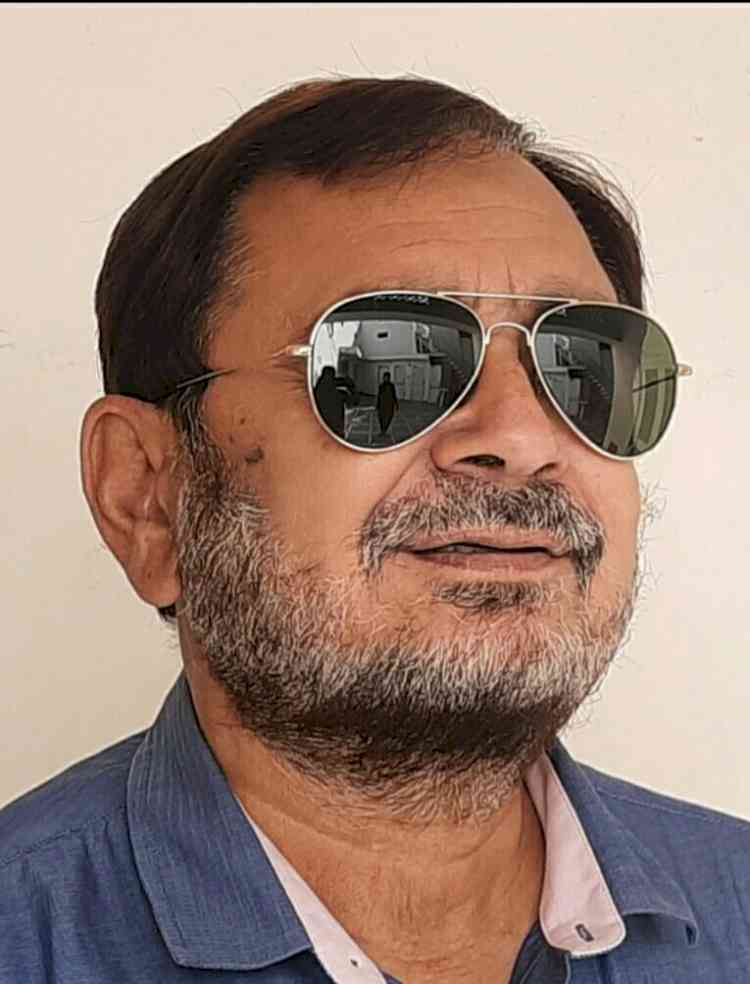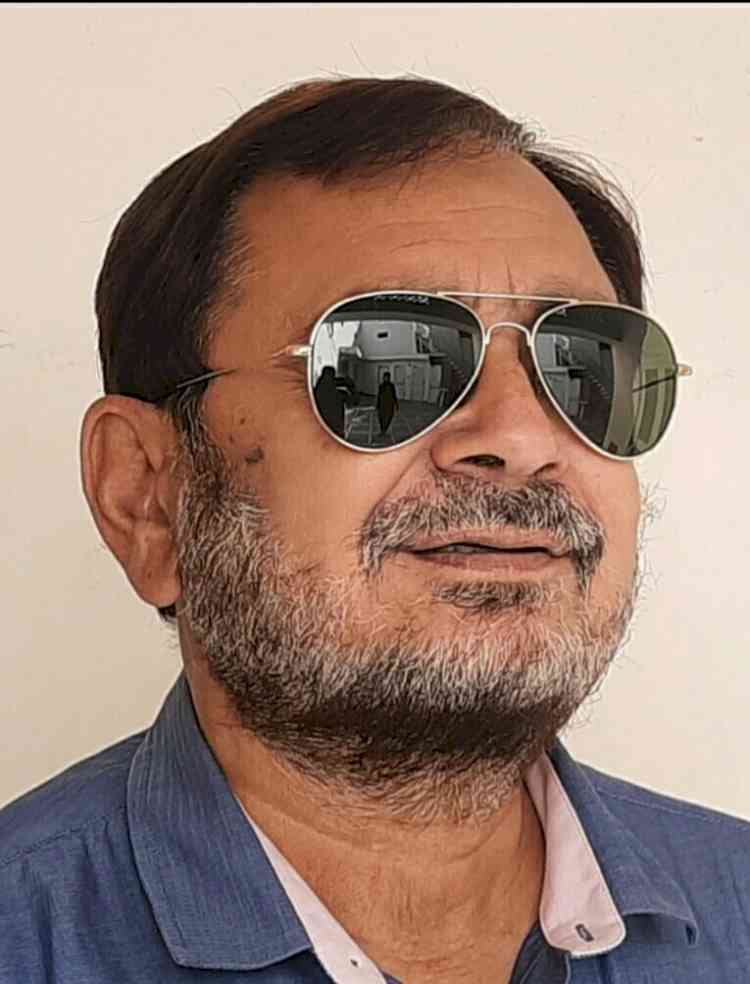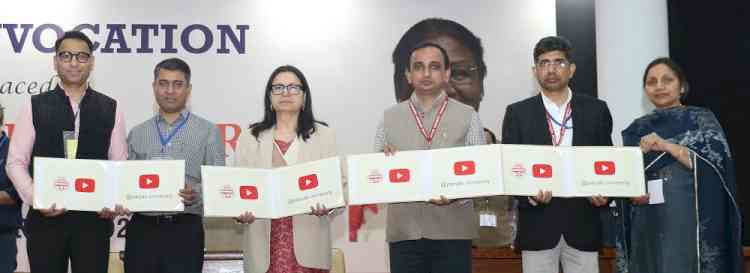Listening to the radio on the hills is the best thing
Radio broadcasting in India started in 1922

Be it the long summer vacation or the festival of Diwali, before moving to the village, we never forgot to pack our large sized Philips radio in a carton. The radio was powered by a special long and red colored battery from Eveready. Such a big battery I never saw again anywhere else. The oversized radio is also a thing of the past. People from the whole village used to visit our house to listen to the radio broadcast with great curiosity. I have a desire to buy an old big radio if found somewhere. Listening to the news at 8 in the morning or 9 in the night is something special. Remember – yeh Akashvani hai, ab aap Devkinandan Pandey se samachar suniye? This old style of narrating news on All India Radio still exists. To get all the updates of the first Asian Games 1982, I had bought a pocket radio, which was my prized possession for many years. On World Radio Day, all the memories related to radio are buzzing in my mind.
The radio sounds good even today, but I don’t like the bombardment of useless advertisements and noise created on the private Radio FMs. All India Radio is better, because it does not pump unnecessary advertisements. My experience in Shimla tells me that listening to the melodies on radio in the high mountains is a pleasure in itself. While enjoying old songs, it seems as if there is a studio somewhere across the hills, where Lata Mangeshkar and Mohammad Rafi are sitting and recording. The theme of World Radio Day 2022 is ‘Radio and Trust’. According to various global studies, radio is one of the most effective, authentic and easily available modes of communication, when it comes to reaching the public. Prime Minister Modi's ‘Mann Ki Baat’ program further increased the importance of Akashvani and Radio. World Radio Day was first declared in 2011 by member countries of the United Nations Educational, Scientific and Cultural Organization (UNESCO). The day was later adopted as an International Day by the United Nations General Assembly in 2012.
Radio broadcasting in India started in 1922. All India Radio (AIR) has dominated broadcasting since 1936. AIR has been officially known as Akashvani since 1956. It is the world's largest radio network, and one of the largest broadcasting organizations in the world, serving as a bouquet of the number of languages broadcast and the socio-economic and cultural diversity. AIR's home service comprises 420 radio stations located across the country, which cover around 92 percent of the country's area and 99.19 percent of the total population. All India Radio presents programming in 23 languages and 179 dialects. In December 2002, the Govt of India approved a policy of licensing established educational institutions, including IIM’s and IITs, to set up community radio stations. There are currently 262 community radio stations in India serving tribal, farmers, ethnic minorities, coastal communities and special interests. In the year 2001, the private sector was given entry in the radio sector. Radio City Bangalore is India's first private FM radio station. Presently, there are 371 private FM stations operating in 107 cities of India.
(Author is a senior journalist and columnist)


 Narvijay Yadav
Narvijay Yadav 








